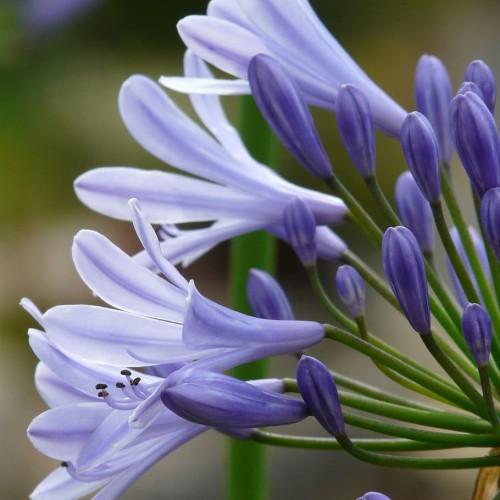
lily of the Nile
Agapanthus 'Summer Skies'
Cycle:
Perennial
Watering:
Average
Hardiness Zone:
6 - 10
Flowers:
Flowers
Sun:
full sun,part shade
Leaf:
Yes
Growth Rate:
Low
Maintenance:
Moderate
Drought Tolerant:
Yes
Salt Tolerant:
Yes
Care Level:
Medium
watering
Lily of the Nile is a moisture-loving plant and should be watered once or twice a week depending on your local growing conditions. During hotter months, they may require more frequent waterings, but allow the top few centimetres of soil to dry out before watering. During colder months, they should be watered less often. A good way to ensure that the Lily of the Nile gets the water it needs is to apply a deep soaking once a week. It is best to water in the morning to allow the sun time to dry the leaves of the plant.
sunlight
Lily of the Nile (Agapanthus 'Summer Skies') requires 6-8 hours of direct sunlight each day to remain healthy and vibrant. Lilies of the Nile will need full, direct sun for most of the day (10-12 hours) during the peak summer months (June to August). Indoors, they should be placed near a south or east facing window where they will receive ample natural light.
pruning
Lily of the Nile (Agapanthus 'Summer Skies') should be pruned after it has finished flowering, usually in late summer. Pruning should be minimal; remove any dead or damaged stems, and cut the remaining foliage back by about a 1/3. Pruning too much can cause the plant to become leggy and may reduce flowering in the subsequent year.
